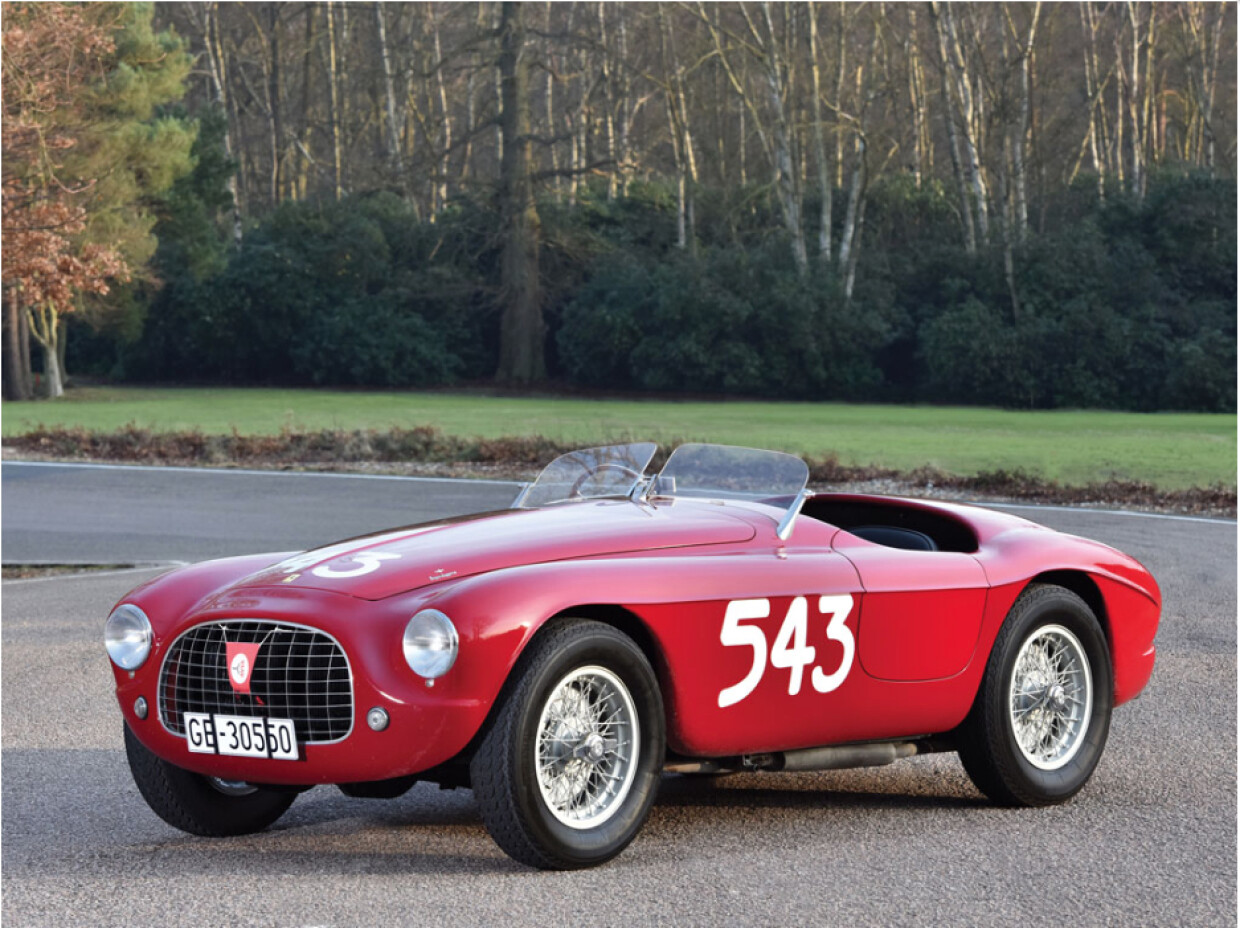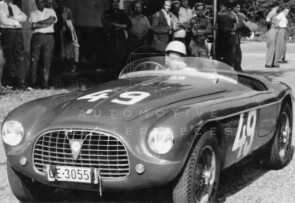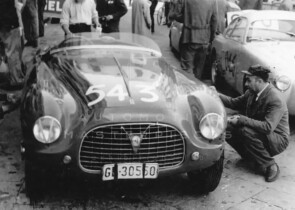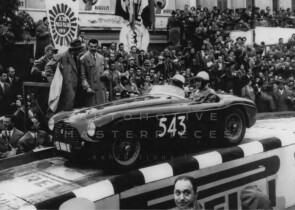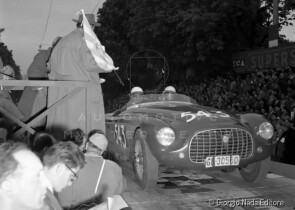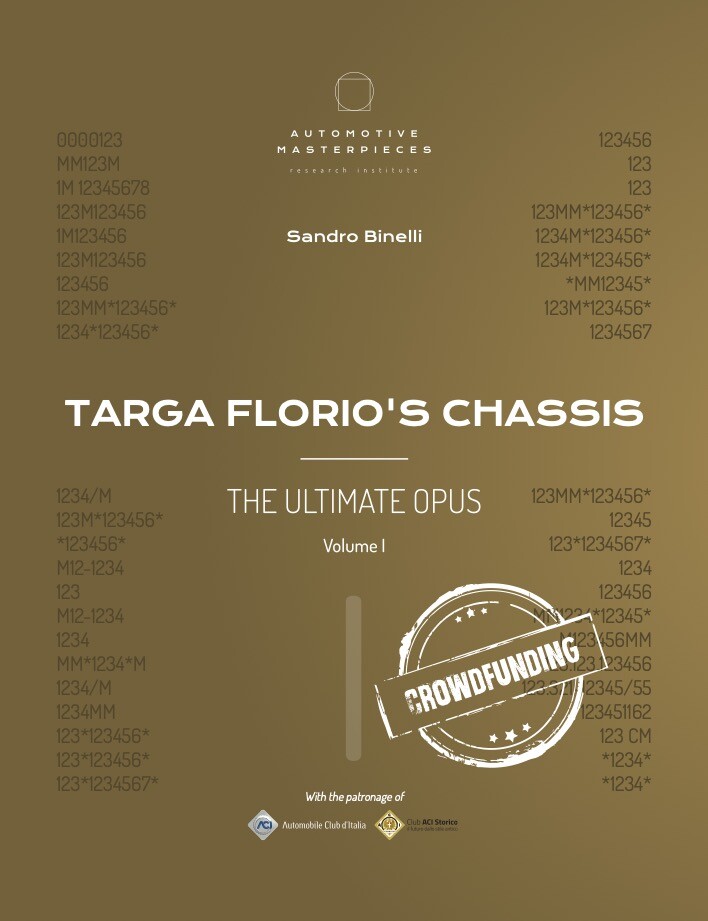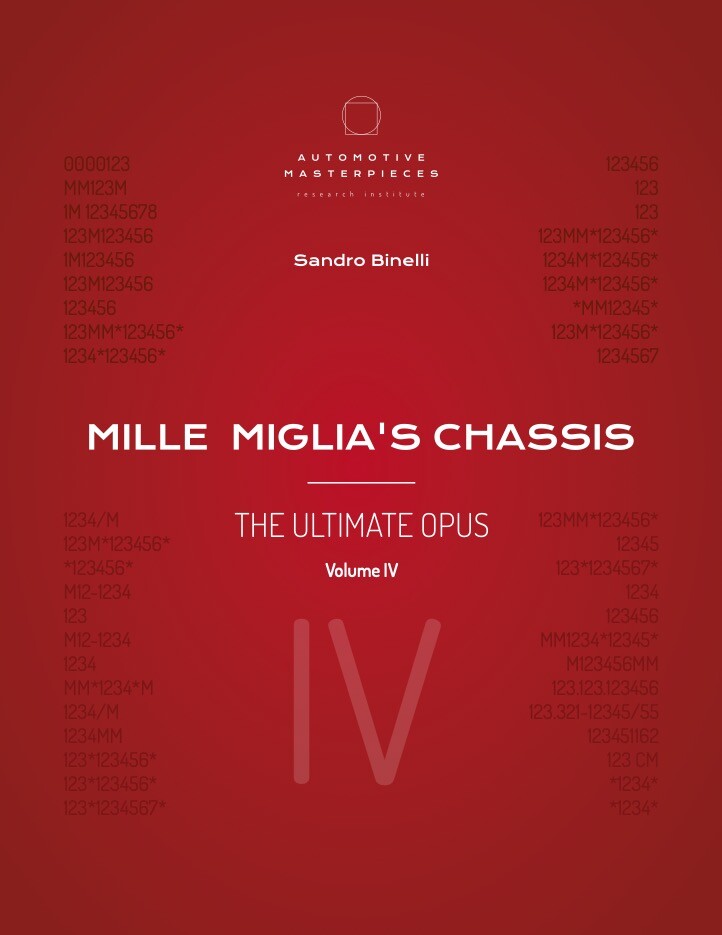
1952 Ferrari 212 Export
ON/OFF
Why am I an Automotive Masterpiece?
The Ferrari 212 was introduced in 1951 as an evolution of the earlier 195, featuring an increased engine capacity and a new chassis. It was produced in a racing variant, the 212 Export, alongside a road-going granturismo, the 212 Inter. The model 212 marked a significant milestone as the first Ferrari not entirely designed by engineer Gioachino Colombo, who left Ferrari in January 1951 due to internal conflicts with Aurelio Lampredi. However, development of the 12-cylinder engine originally designed by Colombo continued, with the bore increased to achieve a total displacement of 2562.51 cc, with a unitary displacement just over 213 cc, giving the car its "212" name. This resulted in an output of around 150 hp at 6500 rpm. Beyond engine improvements, the 212 also featured advancements in its chassis. Derived from the 166 MM, it introduced experimental elements, including the innovative "Tuboscocca" system.
The Ferrari 212 Export was the sports racing version of the 212 model, introduced in 1951 at the Geneva Motor Show and produced between 1951 and 1952. Throughout its career, the 212 Export achieved notable victories, including the Tour de France Automobile, Giro di Sicilia, Coppa della Toscana, and the 10 Hours of Messina, among other motor races. It was designed as a sports car aimed at overseas markets, representing Ferrari's ambition to establish its presence internationally. Interestingly, the "Export" name was chosen for the racing version of the 212 series instead of the usual "Sport" designation, reflecting Ferrari's strategy to target new foreign markets. A total of 27 Ferrari 212 Exports were built, with most being used in competitive racing. Most 212 Export bodies were crafted by Ferrari's trusted coachbuilder, Carrozzeria Touring. The classic Touring Barchetta design adorned eight cars, while another four were outfitted with closed berlinetta bodies. Over the years, other coachbuilders contributed their own interpretations of this high-performance GT. Vignale produced berlinettas and convertibles, while Motto and Fontana experimented with more unconventional designs. Fontana di Padova, under the direction of Franco Reggiani, created two distinctive Ferrari 212 Exports for the Marzotto brothers. The first, a barchetta known as the "Carretto Siciliano," was used by Scuderia Marzotto in the 1951 Giro di Sicilia, where it achieved second place. The second, a highly aerodynamic berlinetta nicknamed the "Ferrari Uovo" due to its oval-shaped front radiator grille, was built on a 212 Export chassis and competed in the Mille Miglia in both 1952 and 1953.
This specific car chassis no. 225 0158/ED has a curious chassis numbering, being the first part of the number 225, however the car is, in all respects, a 212. Ferraris were campaigned frequently and with ferocity by both the factory and wealthy privateers, and the company’s reputation during its early days hinged on the success of its race cars. During these early years, Ferrari created a chassis numbering system that would create legends: the competition cars would be designated an even numbered chassis, whilst road going cars would receive odd chassis numbers. Whilst numerous road going “Inter” models would be built afterwards by Ferrari, this 212 Barchetta would be the final Touring-bodied, race-ready “Export” model built by the factory and fitted with the potent Tipo 212 engine. Chassis no. 0158ED remained in its native Italy for its formative years. It was purchased new by Baron Luigi Bordonaro di Chiaramonte shortly after its completion and a factory road-test on 5 February 1952. Even in the earliest days of the company, Bordonaro was already a previous Ferrari owner, as he had purchased a second-hand 166 Allemano Spider (chassis number 006I) in 1949, and he would go own to own a 750 Monza (chassis number 0530M). Like his 166, the Count’s new 212 would be destined for the race track, with Bordonaro campaigning the car in his native Italy from 1952 to 1955. After great success at the Palermo-Monte Pellegrino Hill Climb in April 1952, where he finished 1st overall, Bordonaro entered his new car in one of the greatest motoring events in the world: the Targa Florio. For a privateer, his 10th overall and 5th in class finishes were incredibly impressive and a testament to Bordonaro’s skill behind the wheel of his little red Barchetta. The remainder of the 1952 season proved to be equally fruitful, with the following year starting off with a 2nd overall at the car’s second outing at the Palermo-Monte Pellegrino Hill Climb. Bordonaro then entered the Targa Florio again, finishing a respectable 16th place. Following a pair of 1st place finishes at the Coppa Dei Templi and the Rigano-Bellolampo Hill Climb, Bordonaro finished 3rd at the III Circuito di Reggio di Calabria, and he would continue his winning ways at the VI Coppa Nissena Hill Climb on 27 September 1953. It is important to note that on 6 June 1952, the original Tipo 212 rear axle was replaced by a stronger Tipo 340 rear axle. A minor accident to the rear end of the car during the Giro di Sicilia in April 1954 took 0158ED out of contention for any major events that season. Nevertheless, the Ferrari returned to the track after it was repaired, and it was raced at the VI Gran Premio Pergusa in August, which was its last race of that year. Chassis no. 0158ED returned for the 1955 season, and it remained competitive, earning one 4th in class and three 1st in class finishes before the end of the season. Shortly thereafter, the car was sold to Edouard Margairaz, of Geneva, Switzerland, and registered as GE-30550. He continued to campaign it throughout 1956, with the car’s most notable outing that year being the Mille Miglia, where Edouard Margairaz was behind the wheel and Robert Gremaud was his navigator. However, after many competitive miles, the car did not finish. This did not discourage Margairaz though, and the car was campaigned in four more events under his name. After its retirement from racing, 0158ED was exported to the United States, where it was showed at the Pebble Beach Concours d’Elegance in both 1965 and 1966, taking a Second Place award in 1966. Following: many years of participation in prestigious concours and events.
